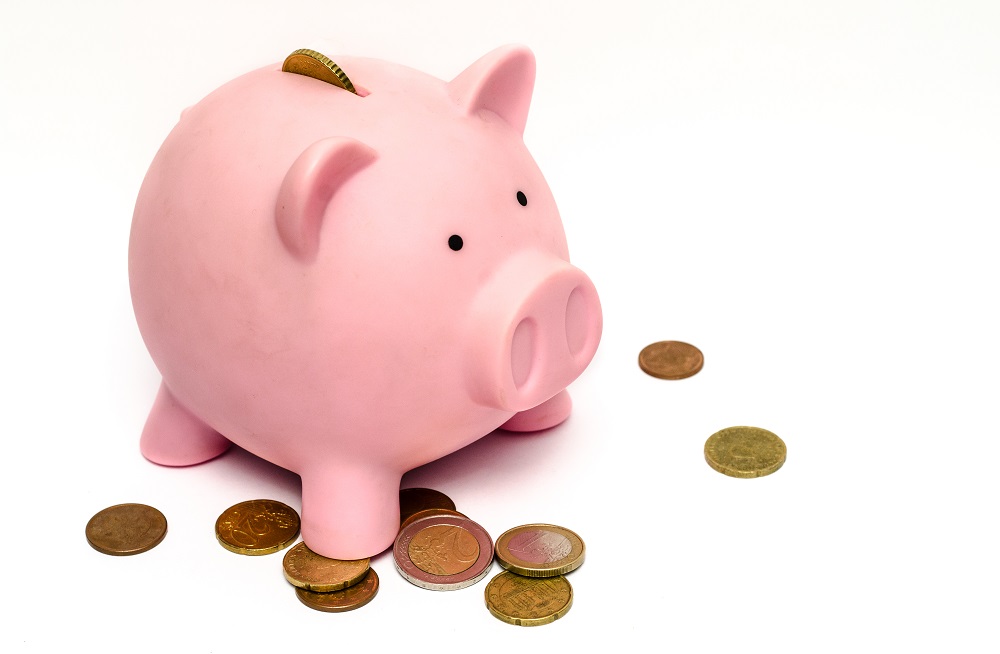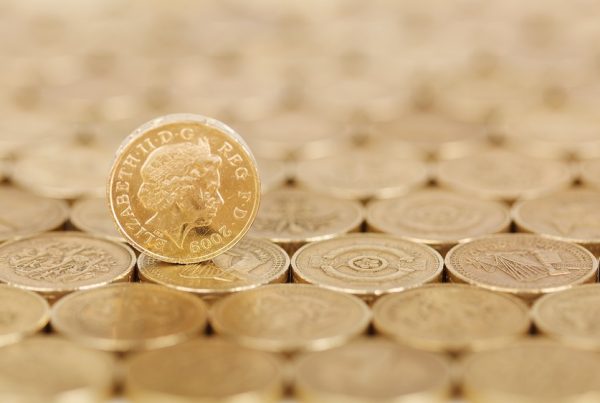From April 2016 the dividend tax credit will be replaced by a new tax-free dividend allowance. The change could affect many directors of small companies, who pay themselves a small salary and take the rest of their income in dividends.
Under the new system, you won’t pay any tax on the first £5,000 of your dividend income. For any additional dividend income, the following rates will apply:
7.5% on dividend income within the basic rate band
32.5% on dividend income within the higher rate band
38.1% on dividend income within the additional rate band
In simple terms, those people with significant dividend income will pay more tax. If you’re an investor with modest income from shares, you’ll see either a tax cut or no change in the amount of tax you owe. Dividends within your allowance will still count towards your basic or higher rate bands, and may therefore affect the rate of tax that you pay on dividends you receive in excess of the £5,000 allowance. Dividends received on shares held in an ISA will continue to be tax free.
Example 1: I receive £4,800 per year in dividends
From April 2016 you won’t have to pay any tax on your dividend income as its within your new allowance.
Example 2: I receive £500 from dividends held in an ISA
No tax is due on dividend income within an ISA, whatever rate of tax you pay.
Example 3: I have a non-dividend income of £7,500, and a dividend income of £13,000 from shares outside of an ISA
As you have a (tax-free) personal allowance of £11,000, £3,500 of the dividends can be covered by your personal allowance. A further £5,000 comes within the dividend allowance, leaving tax to pay at 7.5% (basic rate) on £4,500 which is £337.50.
Example 4: I have a non-dividend income of £19,000, and receive dividends of £7,000 outside of an ISA
You won’t need to pay tax on the first £5,000 of dividends due to the Dividend Allowance, but you will pay tax on £2,000 of dividends at 7.5%, which is £150.00.
Example 5: “I have a non-dividend income of £40,000, and receive dividends of £9,000 outside an ISA
Of the £40,000 non-dividend income, £11,000 is covered by your personal allowance, leaving £29,000 to be taxed at basic rate. £3,000 of the remaining income earned falls within the basic rate limit before the higher rate threshold is crossed. The dividend allowance covers this £3,000 first, leaving £2,000 of your dividend allowance to use in the higher rate band. All of this £5,000 dividend income is therefore covered by the dividend allowance and is not subject to tax.The remaining £4,000 of dividends are all taxed at higher rate (32.5%).






